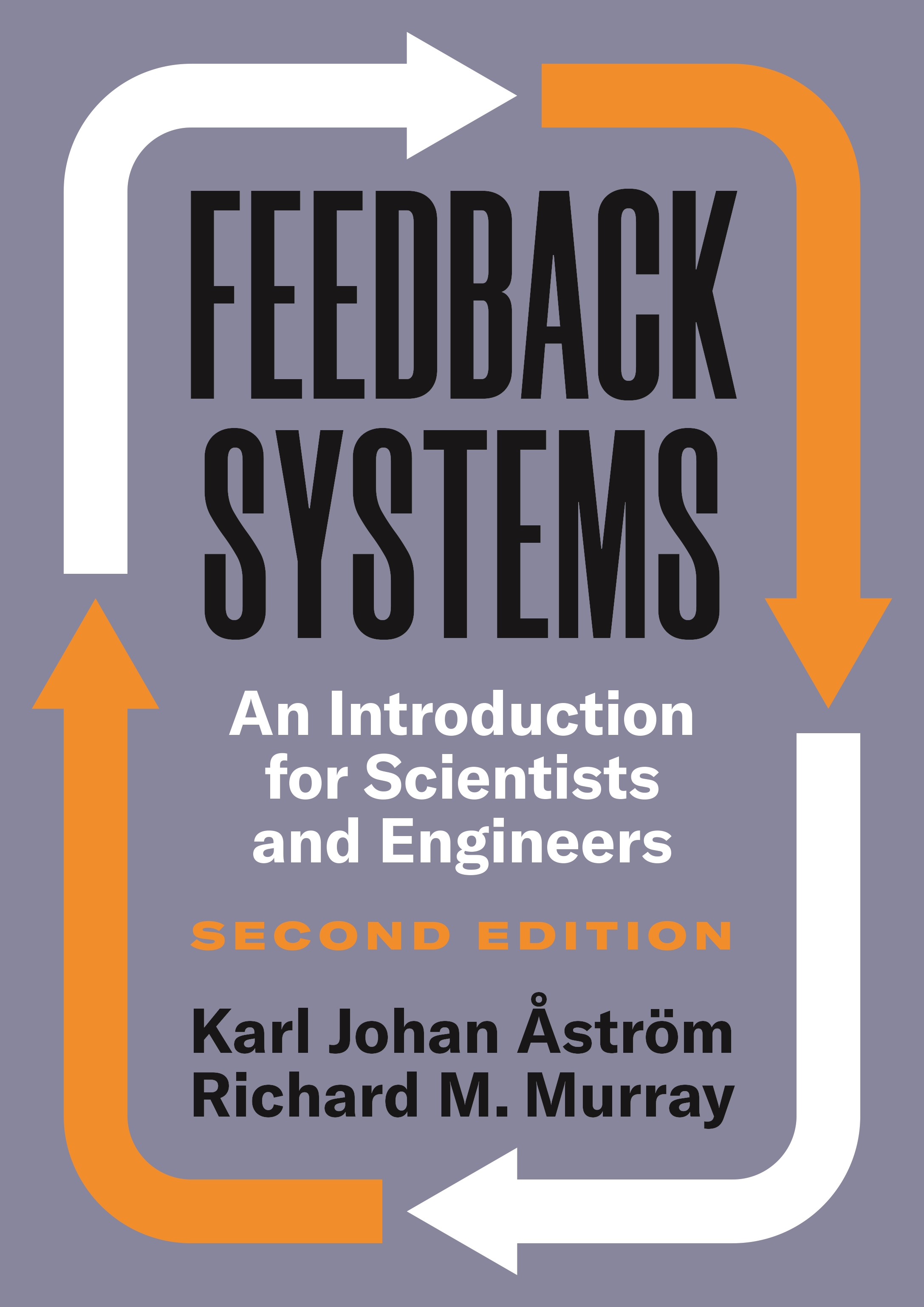This textbook covers the mathematics needed to model, analyze, and design feedback systems. Now more user-friendly than ever, this revised and expanded edition of Feedback Systems is a one-volume resource for students and researchers in mathematics and engineering. It has applications across a range of disciplines that utilize feedback in physical, biological, information, and economic systems.
Karl 脜str枚m and Richard Murray use techniques from physics, computer science, and operations research to introduce control-oriented modeling. They begin with state space tools for analysis and design, including stability of solutions, Lyapunov functions, reachability, state feedback observability, and estimators. The matrix exponential plays a central role in the analysis of linear control systems, allowing a concise development of many of the key concepts for this class of models. 脜str枚m and Murray then develop and explain tools in the frequency domain, including transfer functions, Nyquist analysis, PID control, frequency domain design, and robustness.
- Features a new chapter on design principles and tools, illustrating the types of problems that can be solved using feedback
- Includes a new chapter on fundamental limits and new material on the Routh-Hurwitz criterion and root locus plots
- Provides exercises at the end of every chapter
- Comes with an electronic solutions manual
- An ideal textbook for undergraduate and graduate students
- Indispensable for researchers seeking a self-contained resource on control theory
"This refreshing book delivers a clear and insightful introduction to feedback systems. Students who learn feedback systems from this text will develop intuition and a foundational understanding that will last a lifetime. Experienced engineers and researchers should keep it on their shelves as a reminder of how clearly feedback systems can be explained."鈥擜ndrew Teel, University of California, Santa Barbara
"The authors, who are leading figures in this field, have succeeded in providing an inviting introduction to systems, feedback, and control, in which concepts, models, mathematical methods, and applications are beautifully intertwined."鈥擩ohn N. Tsitsiklis, Massachusetts Institute of Technology
"Feedback is, quite simply, bidirectional coupling, blurring the boundary between cause and effect and often eliciting surprising and advantageous behavior. In this update of the original groundbreaking textbook, Feedback Systems provides a warm invitation to participate in an intensely intellectual endeavor with profound and powerful consequences for science, society, and technology."鈥擠ennis S. Bernstein, Aerospace Engineering Department, University of Michigan
"脜str枚m and Murray's award-winning textbook remains the essential introduction to the fundamentals and broad applicability of feedback systems. This unique book stands out as an excellent educational resource for a first exposure to the universal principle of feedback."鈥擳amer Bas抬ar, University of Illinois at Urbana-Champaign
"This new edition of Feedback Systems improves upon the authors' revolutionary approach to teaching the philosophy of control systems for nontraditional audiences鈥攊t will undoubtedly be hugely successful."鈥擬. Vidyasagar, Indian Institute of Technology, Hyderabad
"This book is a significant contribution. It provides an accessible treatment for a wide audience who would otherwise have to labor through difficult mathematical or engineering treatments. The only prerequisite is a basic understanding of differential equations and linear algebra."鈥擝rian Ingalls, University of Waterloo
"A very useful addition to the literature on the basic principles and theory of feedback systems. This is a unique and excellent book. I believe it will appeal to a broad audience."鈥擡lling W. Jacobsen, Royal Institute of Technology, Stockholm
"This is a refreshing text which is delightful to read, and which even experts in the area may find a valuable resource for its diverse applications, and exercises, and its clear focus on fundamental concepts that does not get side-tracked by technical details."鈥擬atthias Kawski, Mathematical Reviews
"An interesting and original introduction to the design and analysis of feedback systems. It is addressed to engineers and scientists who are interested in feedback systems in physical, biological, information and social systems."鈥擳adeusz Kaczorek, Zentralblatt MATH
"A very well-written introductory work for scientific and engineering audiences. . . . A valuable addition to the important area of control and feedback systems."鈥擬. G. Prasad, Choice


















































